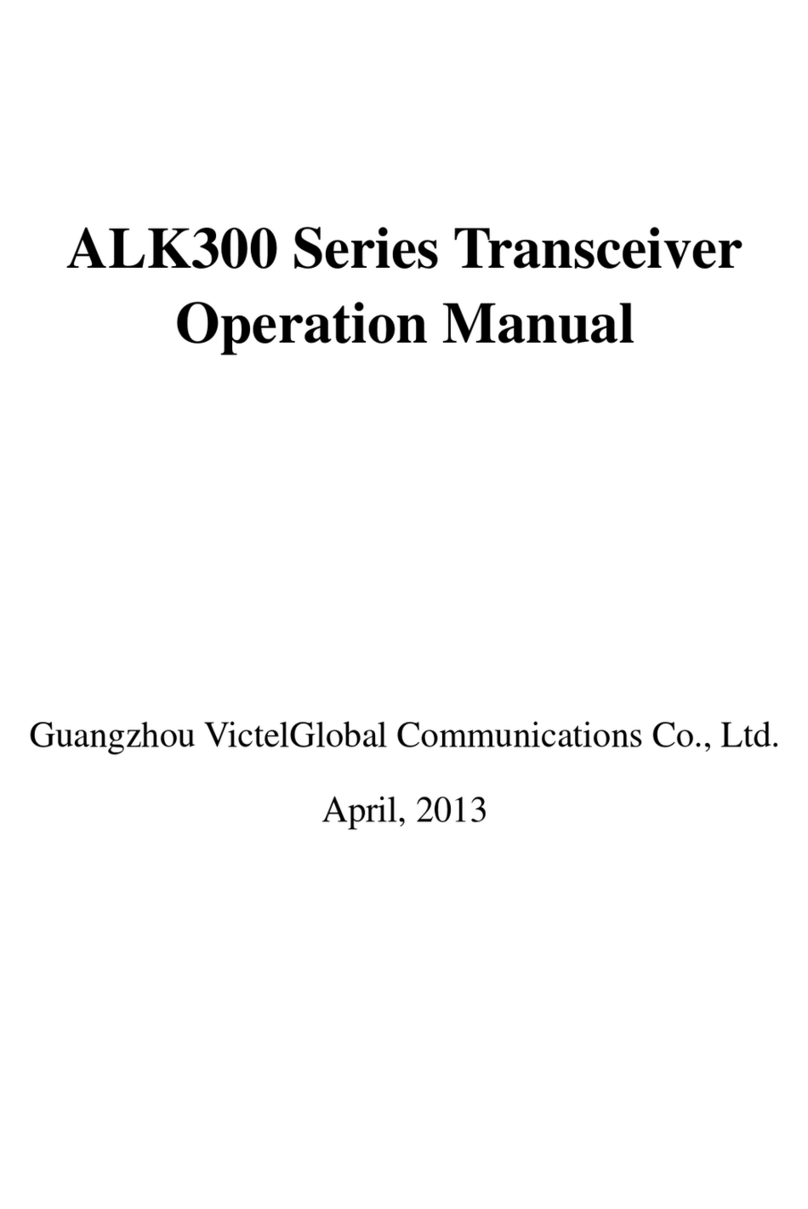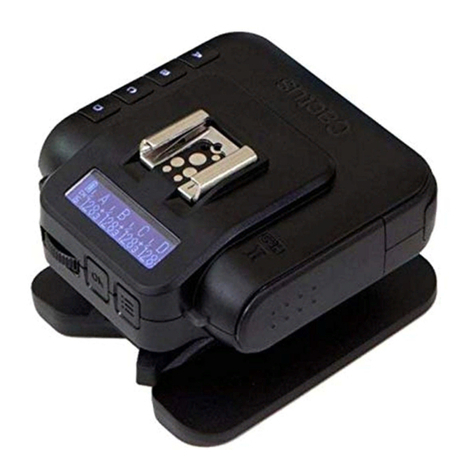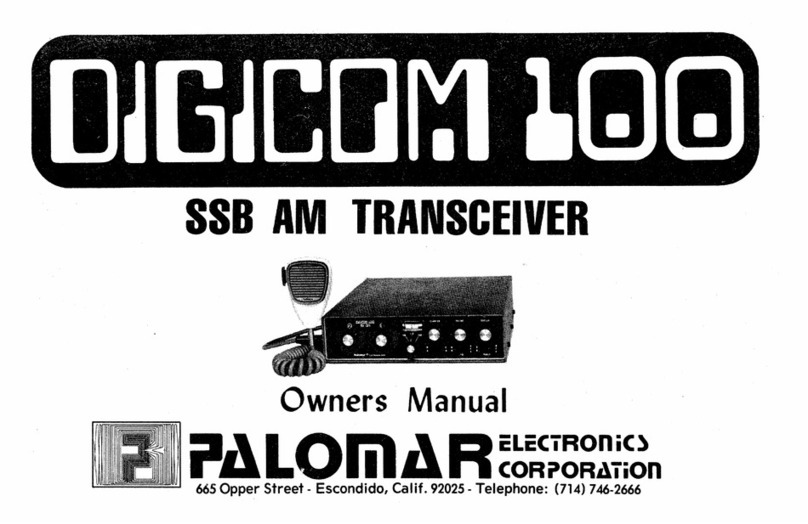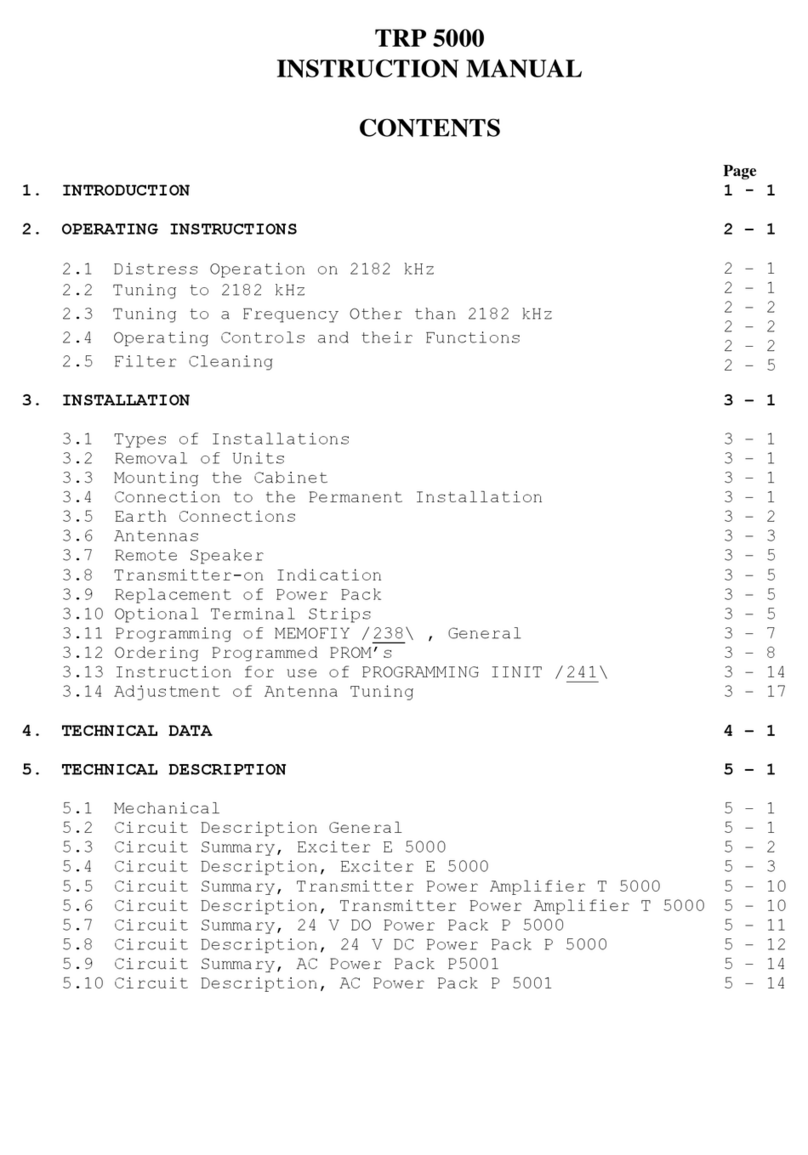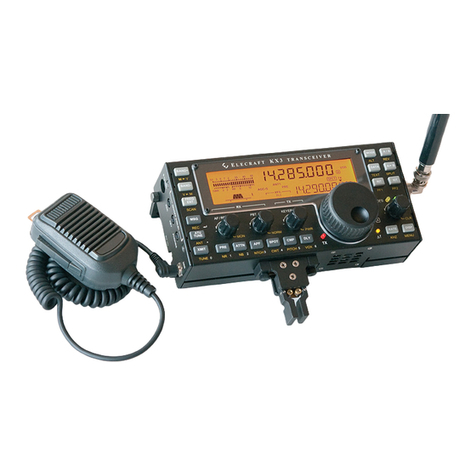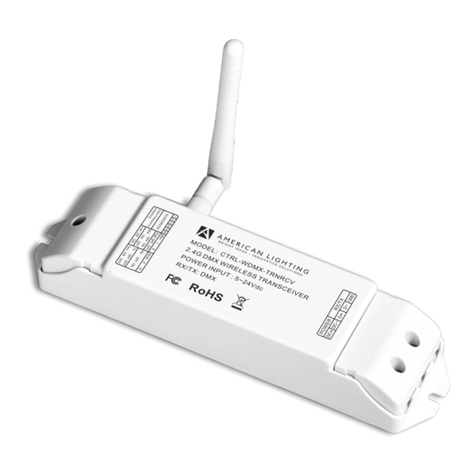
© Palomar Engineers, Inc., 1965-2020
Palomar-Engineers.com
Mini Balun/Ladder Line Interface
- MB-1-500-50 uses proprietary Multi-Mix, Multi-Core, Multi-Turn ferrite
technology for maximum choking (up to -38 dB common mode noise
rejection) and maximum bandwidth
- 500 Watts PEP, 50 ohm SO-239 connectors Input and Balanced Output, 1-61
MHz (usable to 100 MHz), 1:1 balun included
- Works for all ladder line antennas from 1.8-61 MHz (160-6 meters) -
excellent for G5RV/ZS6BKW, OCF flagpole antennas, ladder line to remote
antenna interface..
- 2-5 times more common mode noise rejection, wider bandwidth and higher power then competing
isolators
Noise Filter Installation and Use
The CMNF-500-50 is designed to be placed in a 50 ohm coax line entering the transceiver (or between the
transceiver and amplifier). The CMNF-1500 (1500 watts PEP) or CMNF-5000 (5KW PEP) should be placed at
the end of the coax into the station before any antenna switches. All CMNF’s have high choking impedance
over a very broadband frequency range and are very useful for high bandwidth SDR receivers and general
coverage/ham transceivers from 160 to 6 meters. Typical common mode noise rejection is 30-40 dB (4-7 “S”
units). Either connector can be input or output.
Installation Note: Just as the CMNF’s reduce RECEIVE noise picked up on the coax braid by electrically
isolating the receive signals on the external coax braid between the receiver and antenna feed point, a proper
feed line choke at the antenna feed point will isolate the coax braid from the antenna on TRANSMIT. In other
words, it will prevent your dipole from becoming a tripole using the coax braid as part of the antenna. An
excellent feed line choke is the Palomar Engineers Maxi-Choker™, model MC-1-3000 (3KW PEP rated from
1-61 MHz) or the Mini-Choker™ (500 watts) shown below:.




